Home>Maintenance & Safety>Safety Equipment & Products>How To Childproof Outdoors
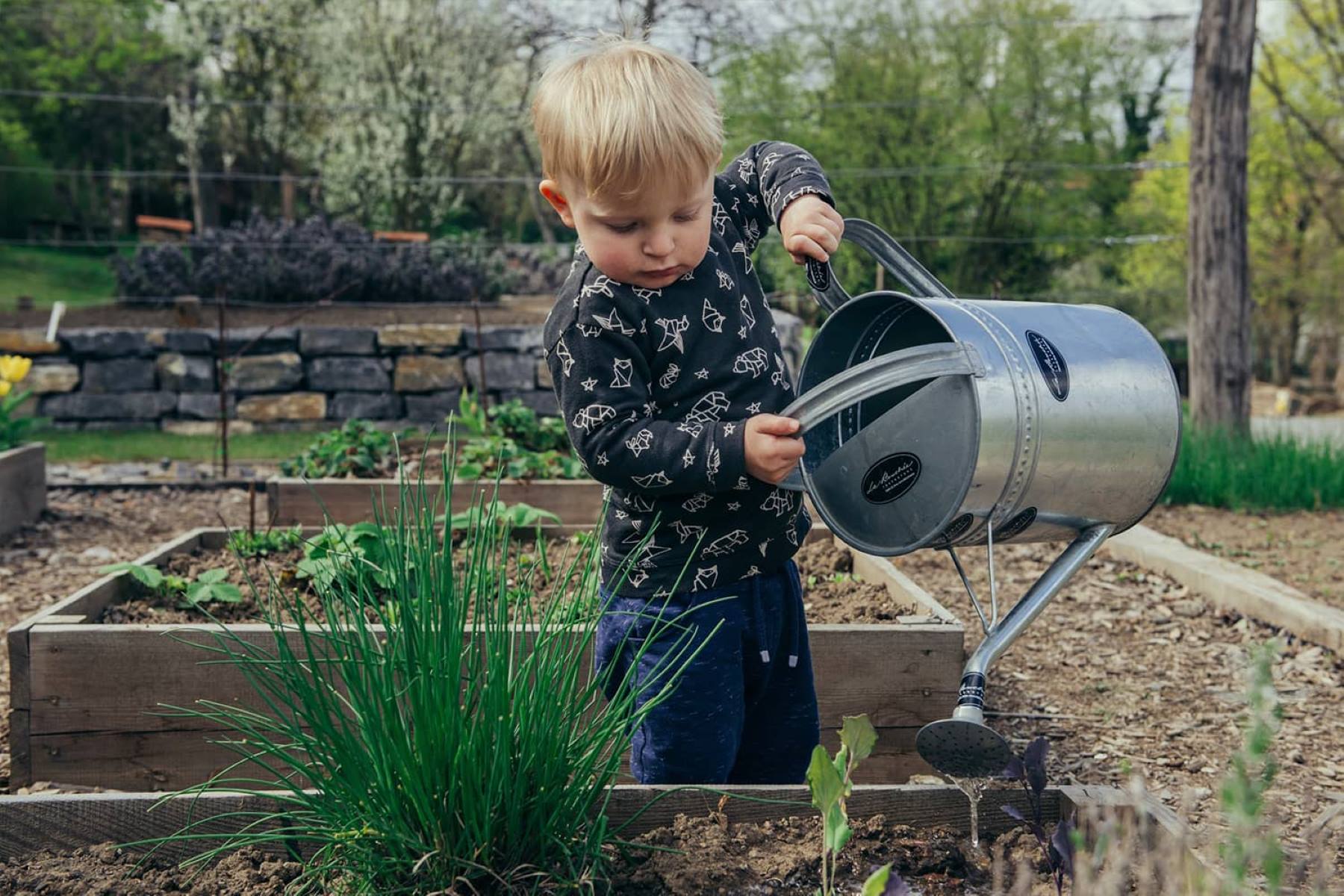

Safety Equipment & Products
How To Childproof Outdoors
Published: January 5, 2024
Learn how to childproof your outdoor space with the best safety equipment and products. Keep your kids safe while they play outside.
(Many of the links in this article redirect to a specific reviewed product. Your purchase of these products through affiliate links helps to generate commission for Storables.com, at no extra cost. Learn more)
Introduction
Welcoming the warm embrace of the great outdoors is an essential part of childhood. From the laughter-filled afternoons spent playing in the yard to the joyful exploration of nature's wonders, there's an unparalleled magic in outdoor adventures. However, ensuring a safe and secure environment for children to thrive in the open air is a top priority for parents and caregivers. Childproofing the outdoor space is a proactive step towards fostering a secure and enjoyable environment for children to play, learn, and grow.
In this comprehensive guide, we will delve into the essential strategies and considerations for childproofing outdoor spaces. From assessing potential hazards to selecting child-friendly plants and ensuring the safety of outdoor furniture and equipment, each aspect plays a crucial role in creating a secure outdoor haven for children. By implementing these measures, parents and caregivers can provide children with the freedom to explore and enjoy the outdoors while minimizing potential risks.
Join us as we explore the key elements of childproofing outdoor spaces, empowering you to create an environment where children can revel in the beauty of nature with confidence and safety. Let's embark on this journey to transform outdoor spaces into enchanting, secure playgrounds for our little adventurers.
Key Takeaways:
- Childproofing outdoor spaces involves assessing hazards, creating safe play areas, and choosing child-friendly plants to ensure a secure and nurturing environment for children to explore and thrive in the great outdoors.
- Prioritizing safety measures such as pool safety, sun protection, and insect control enhances the outdoor experience, allowing children to engage in play and relaxation with confidence and peace of mind.
Read more: How To Childproof An Outdoor Faucet
Assessing Outdoor Hazards
Before embarking on the childproofing journey, it’s crucial to conduct a comprehensive assessment of the outdoor space to identify potential hazards. By taking a proactive approach to hazard identification, parents and caregivers can effectively mitigate risks and create a safe environment for children to explore. Here are key areas to consider when assessing outdoor hazards:
- Uneven Surfaces: Inspect the outdoor area for uneven or rough surfaces, including gravel, concrete, or paving stones. These surfaces pose tripping hazards, especially for young children who are still mastering their coordination and balance.
- Sharp Edges and Corners: Identify any sharp edges or corners on outdoor furniture, play structures, or landscaping elements. These can pose a risk of cuts and bruises, prompting the need for protective measures.
- Toxic Plants: Take note of any potentially toxic plants in the outdoor space. Children are naturally curious and may be inclined to explore and touch plants, making it essential to remove or restrict access to plants that could be harmful if ingested or touched.
- Water Features: Evaluate any water features, such as ponds or fountains, to ensure they are safely secured or fenced off to prevent accidental drowning. Even shallow water can pose a significant risk to young children.
- Outdoor Tools and Equipment: Secure gardening tools, lawn equipment, and other outdoor implements in a locked storage area to prevent children from accessing potentially dangerous items.
- Wildlife Hazards: Be mindful of potential encounters with wildlife, such as bees, wasps, or other stinging insects. Take measures to minimize attractants and create a safe distance between children and potential wildlife hazards.
By thoroughly evaluating these and other potential hazards in the outdoor space, parents and caregivers can lay the groundwork for effective childproofing measures. This proactive approach sets the stage for creating a secure and enjoyable outdoor environment for children to thrive in.
Fencing and Gates
Establishing secure boundaries through the use of fencing and gates is a fundamental aspect of childproofing outdoor spaces. By creating a defined and enclosed area, parents and caregivers can provide children with a safe environment for outdoor play and exploration. Here are essential considerations for implementing fencing and gates:
- Fencing Material: Select a sturdy and durable fencing material that provides both security and visibility. Options such as wooden picket fences, vinyl fencing, or metal railings can offer a balance of safety and aesthetic appeal.
- Height and Spacing: Ensure that the fence is of sufficient height to prevent climbing or scaling by young children. Additionally, pay attention to the spacing between fence posts or slats to prevent the risk of entrapment or squeezing through gaps.
- Gates: Install self-closing and self-latching gates to secure the enclosed area. The gate latch should be positioned out of reach of young children to prevent unauthorized access to the outdoor space.
- Pools and Water Features: If the outdoor space includes a pool or other water features, it’s essential to install a separate, self-locking gate around these areas to prevent unsupervised access by children.
- Visibility and Monitoring: Opt for fencing designs that allow for visibility into the enclosed area, enabling parents and caregivers to monitor children while they play outdoors. This visibility promotes a sense of security while maintaining supervision.
By establishing secure fencing and gates, parents and caregivers can create a well-defined outdoor play area where children can engage in activities with a sense of freedom and safety. These measures not only provide peace of mind but also contribute to the overall enjoyment of outdoor adventures for children and caregivers alike.
Safe Play Areas
Designating safe play areas within the outdoor space is essential for promoting active play and exploration while ensuring a secure environment for children. By creating dedicated play zones, parents and caregivers can establish boundaries and implement safety measures to enhance the outdoor experience for children. Here are key considerations for establishing safe play areas:
- Impact-Absorbing Surfaces: Install impact-absorbing surfaces, such as rubber mulch, engineered wood fiber, or rubber mats, beneath play structures to cushion falls and reduce the risk of injuries.
- Play Equipment Placement: Position play structures and equipment on level ground, away from obstacles and hazards, to minimize the risk of accidents and collisions during play.
- Sun Protection: Create shaded areas within the play space using umbrellas, canopies, or natural shade from trees to provide protection from the sun’s harmful UV rays during outdoor play sessions.
- Age-Appropriate Activities: Tailor the play areas to accommodate age-appropriate activities and equipment, ensuring that the outdoor space caters to the developmental needs and interests of the children using it.
- Sensory and Nature Play: Incorporate elements of sensory and nature play, such as sandboxes, water tables, and natural materials, to encourage exploration and engagement with the outdoor environment.
By thoughtfully designing and implementing safe play areas, parents and caregivers can create an environment where children can engage in active, imaginative play while minimizing potential risks. These designated play zones serve as havens for outdoor fun, fostering a sense of security and freedom for children to revel in the wonders of the natural world.
Choosing Child-Friendly Plants
Integrating greenery and plant life into the outdoor space can enrich children’s experiences and foster a deep connection with nature. However, it’s essential to select child-friendly plants that pose no harm to curious explorers. By carefully choosing the flora that coexists with play areas, parents and caregivers can ensure a safe and nurturing outdoor environment for children. Here are important considerations for selecting child-friendly plants:
- Non-Toxic Varieties: Prioritize plants that are non-toxic to humans and pets, minimizing the risk of accidental ingestion or skin irritation. Research and identify plant species that are safe for children to be around.
- Soft and Non-Thorny Foliage: Opt for plants with soft, non-thorny foliage to reduce the risk of scratches or injuries when children interact with the greenery. Smooth textures and gentle leaves are ideal for child-friendly outdoor spaces.
- Colorful and Fragrant Options: Select plants that engage the senses, such as vibrant flowers and fragrant herbs, to captivate children’s curiosity and create a sensory-rich outdoor environment.
- Edible and Educational Plants: Introduce edible plants, such as cherry tomatoes, strawberries, or herbs, to encourage hands-on learning and exploration of the natural world. This provides children with the opportunity to connect with the food they eat and gain an understanding of plant growth.
- Low-Maintenance Varieties: Choose low-maintenance plants that are resilient and require minimal upkeep, making them suitable for outdoor environments where children play and explore.
By curating a selection of child-friendly plants, parents and caregivers can enrich the outdoor space with natural beauty while ensuring a safe and nurturing environment for children to enjoy. This harmonious integration of plant life cultivates a sense of wonder and appreciation for nature, fostering a deep-rooted connection between children and the outdoor world.
Outdoor Toy Safety
Outdoor play is a cornerstone of childhood, and the inclusion of age-appropriate toys and play equipment enhances the joy and exploration of the outdoor environment. However, ensuring the safety of outdoor toys is paramount in creating a secure and enjoyable play experience for children. By implementing essential safety measures and guidelines, parents and caregivers can promote a safe and enriching outdoor play environment. Here are key considerations for outdoor toy safety:
- Durable and Non-Toxic Materials: Prioritize outdoor toys made from durable, non-toxic materials that are resistant to environmental elements and safe for children to interact with during play.
- Age-Appropriate Design: Select toys and play equipment that are specifically designed for the age and developmental stage of the children using them, ensuring that they are both engaging and safe for young users.
- Regular Maintenance: Inspect outdoor toys and play structures regularly for signs of wear, damage, or deterioration. Ensure that any necessary repairs or maintenance are promptly addressed to uphold safety standards.
- Safe Play Zones: Establish designated play areas that are free from potential hazards, such as sharp objects, tripping hazards, or obstructive elements, to provide a secure space for children to engage with their toys.
- Sun Protection: Choose outdoor toys that incorporate sun protection elements, such as UV-resistant materials and sunshades, to safeguard children from harmful UV rays during extended outdoor play sessions.
- Storage and Organization: Implement proper storage solutions for outdoor toys to prevent clutter and minimize the risk of tripping or falling hazards. Encourage children to participate in the cleanup and organization of their outdoor play items.
By prioritizing outdoor toy safety, parents and caregivers can foster an environment where children can freely engage in imaginative play and physical activity with confidence and security. These safety measures not only provide peace of mind but also contribute to the overall well-being and enjoyment of outdoor play experiences for children.
Install safety gates at the top and bottom of stairs to prevent falls, secure heavy furniture and equipment, and cover electrical outlets to childproof outdoors.
Pool and Water Safety
Water activities offer refreshing and exhilarating experiences for children in outdoor settings, but ensuring pool and water safety is paramount to prevent accidents and promote a secure aquatic environment. By implementing essential safety measures and guidelines, parents and caregivers can create a safe and enjoyable water environment for children to engage in aquatic play and recreation. Here are key considerations for pool and water safety:
- Pool Barriers and Alarms: Install secure fencing around pools, along with self-closing and self-latching gates, to restrict unsupervised access by children. Additionally, consider the use of pool alarms to provide an extra layer of safety and alert caregivers to potential pool entry.
- Swimming Supervision: Maintain vigilant supervision of children during water activities, ensuring that a responsible adult is present to actively oversee and assist children in and around the pool or other water features.
- Swimming Lessons: Enroll children in age-appropriate swimming lessons to equip them with essential water safety skills, including basic swimming techniques, floating, and water rescue awareness.
- Floatation Devices: Provide approved and properly fitted floatation devices, such as life jackets or swim vests, for children who are not proficient swimmers, adding an extra layer of protection during water play.
- Clear Pool Rules: Establish clear and concise pool rules for children, emphasizing the importance of safe behavior, no running near the pool, and always seeking adult supervision before entering the water.
- Water Awareness Education: Educate children about water safety, including the dangers of swimming alone, recognizing water depth, and understanding the importance of respecting water boundaries and rules.
By prioritizing pool and water safety, parents and caregivers can create a secure aquatic environment where children can delight in water play and recreation while minimizing potential risks. These proactive safety measures not only promote a safe and enjoyable water experience but also instill valuable water safety habits in children, empowering them to engage in aquatic activities with confidence and awareness.
Sun Protection
Embracing the outdoors comes with the responsibility of safeguarding children from the sun’s potent rays, ensuring that they can revel in outdoor activities with adequate sun protection. By implementing comprehensive sun protection measures, parents and caregivers can create a safe and sun-smart environment for children to enjoy outdoor adventures. Here are key considerations for sun protection:
- Sunscreen Application: Prioritize the use of broad-spectrum sunscreen with a high SPF rating, applying it generously to all exposed skin areas at least 15 minutes before outdoor activities and reapplying it every two hours or more frequently if swimming or sweating.
- Protective Clothing: Dress children in lightweight, long-sleeved shirts, pants, and wide-brimmed hats to shield their skin from direct sun exposure. Opt for UPF-rated clothing for enhanced UV protection.
- Sun-Safe Accessories: Provide children with UV-protective sunglasses to shield their eyes from harmful UV rays and reduce the risk of eye damage caused by prolonged sun exposure.
- Shaded Rest Areas: Create shaded rest areas using umbrellas, canopies, or natural shade from trees, allowing children to take breaks from direct sun exposure during outdoor play sessions.
- Hydration: Encourage regular hydration by providing access to water and refreshing beverages, ensuring that children stay well-hydrated during outdoor activities, especially on sunny days.
- Sun Safety Education: Educate children about the importance of sun safety, including the risks of sunburn, heat exhaustion, and the significance of seeking shade and sun protection during outdoor play.
By prioritizing sun protection, parents and caregivers can create a sun-safe environment where children can bask in the joys of outdoor play while minimizing the risks associated with excessive sun exposure. These proactive measures not only promote sun-smart habits but also instill a lifelong understanding of the importance of sun protection and skin care in children.
Insect and Pest Control
Creating a harmonious outdoor environment for children involves ensuring protection against common insects and pests, safeguarding their outdoor experiences from potential nuisances and health risks. By implementing effective insect and pest control measures, parents and caregivers can establish a safe and comfortable outdoor space for children to explore and play. Here are key considerations for insect and pest control:
- Safe Repellent Application: Apply insect repellents approved for use on children to guard against mosquito and tick bites during outdoor activities, following product instructions and reapplication guidelines as necessary.
- Screened Enclosures: Utilize screened-in porch areas or outdoor enclosures to create bug-free zones where children can enjoy outdoor time without the intrusion of flying insects and pests.
- Standing Water Management: Eliminate standing water sources, such as birdbaths or clogged gutters, to deter mosquito breeding and reduce the presence of biting insects in the outdoor environment.
- Natural Pest Control: Incorporate natural pest control methods, such as planting insect-repelling plants like marigolds and citronella, to mitigate the presence of insects in outdoor play areas.
- Professional Pest Management: Seek professional pest control services to address persistent pest issues, such as ant infestations or stinging insects, ensuring a pest-free outdoor environment for children to enjoy.
- Education on Safe Interaction: Educate children about safe interactions with insects and pests, emphasizing the importance of avoiding unknown insects and notifying adults if they encounter unfamiliar species.
By prioritizing effective insect and pest control, parents and caregivers can create a pleasant and pest-resistant outdoor environment where children can engage in outdoor activities with comfort and peace of mind. These proactive measures not only minimize the nuisance of insects and pests but also contribute to a safe and enjoyable outdoor experience for children and caregivers alike.
Read more: What Makes Childproof Containers Childproof?
Outdoor Furniture and Equipment Safety
Outdoor furniture and equipment play a pivotal role in creating functional and inviting outdoor spaces for children to enjoy. Ensuring the safety and stability of these elements is essential for preventing accidents and promoting a secure outdoor environment. By implementing key safety measures and guidelines, parents and caregivers can establish a safe and enjoyable outdoor setting for children. Here are important considerations for outdoor furniture and equipment safety:
- Sturdy and Stable Design: Select outdoor furniture and equipment with sturdy, stable designs to prevent tipping or instability during use. Avoid lightweight or flimsy items that may pose a risk of toppling over.
- Weather-Resistant Materials: Choose weather-resistant materials for outdoor furniture and equipment to ensure durability and longevity, especially in outdoor play areas exposed to the elements.
- Regular Inspection and Maintenance: Conduct routine inspections of outdoor furniture and equipment, checking for signs of wear, loose components, or structural damage. Address any maintenance or repair needs promptly to uphold safety standards.
- Cushion and Edge Protection: Install cushioning or edge guards on sharp corners and edges of outdoor furniture to minimize the risk of injuries from accidental collisions or falls.
- Secure Anchoring: Anchor large outdoor equipment, such as play structures and trampolines, securely to the ground to prevent tipping or shifting during use, ensuring a stable and safe play environment.
- Supervision and Usage Guidelines: Establish clear guidelines for the use of outdoor furniture and equipment, emphasizing safe and appropriate usage while providing active supervision during play activities.
By prioritizing outdoor furniture and equipment safety, parents and caregivers can create a secure and inviting outdoor environment where children can engage in play and relaxation with confidence and peace of mind. These proactive safety measures not only promote a safe outdoor experience but also contribute to the overall enjoyment and well-being of children in the outdoor setting.
Conclusion
Childproofing outdoor spaces is a multifaceted endeavor that encompasses a range of essential considerations, from hazard assessment to the selection of child-friendly elements and the implementation of safety measures. By taking a proactive approach to childproofing, parents and caregivers can create secure and enriching outdoor environments where children can thrive, explore, and connect with the natural world.
Assessing outdoor hazards lays the foundation for identifying and mitigating potential risks, ensuring that the outdoor space is conducive to safe and enjoyable play. The installation of secure fencing and gates provides defined boundaries and controlled access, creating a protected outdoor haven for children. Designating safe play areas and incorporating child-friendly plants enriches the outdoor experience, fostering a nurturing environment for exploration and discovery.
Moreover, prioritizing outdoor toy safety, pool and water safety, sun protection, and effective insect and pest control contributes to the overall safety and well-being of children in outdoor settings. By ensuring the safety and stability of outdoor furniture and equipment, parents and caregivers create functional and secure outdoor spaces for children to engage in play and relaxation.
As we embark on the journey of childproofing outdoor spaces, it is essential to recognize the profound impact of these measures on children’s physical safety, emotional well-being, and developmental growth. By integrating safety considerations with creativity and thoughtful design, outdoor spaces can become enchanting playgrounds where children can flourish in the embrace of nature’s wonders.
Let us embrace the responsibility of creating safe, nurturing, and captivating outdoor environments for our little adventurers, empowering them to revel in the beauty of the natural world with confidence and joy.
Frequently Asked Questions about How To Childproof Outdoors
Was this page helpful?
At Storables.com, we guarantee accurate and reliable information. Our content, validated by Expert Board Contributors, is crafted following stringent Editorial Policies. We're committed to providing you with well-researched, expert-backed insights for all your informational needs.
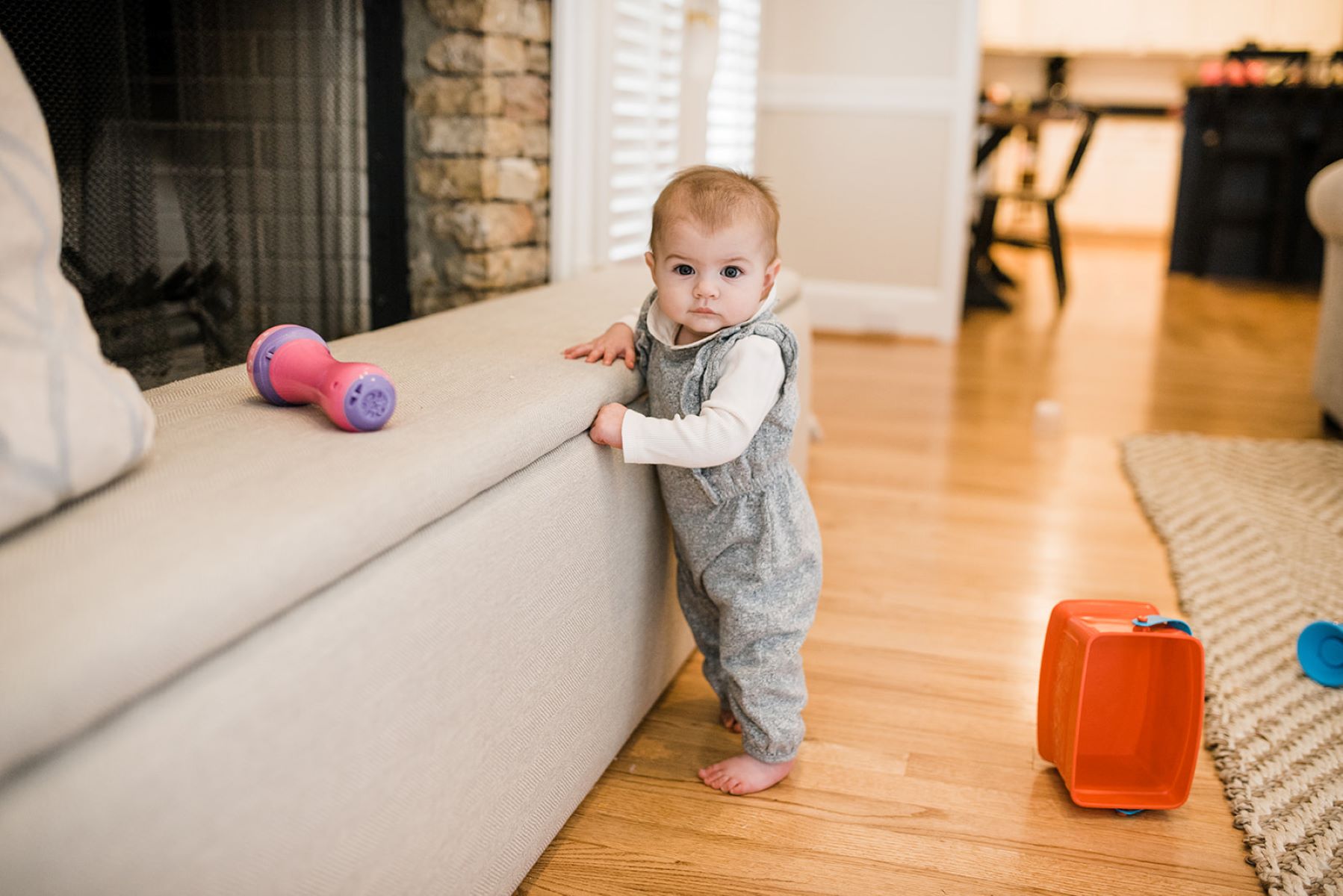

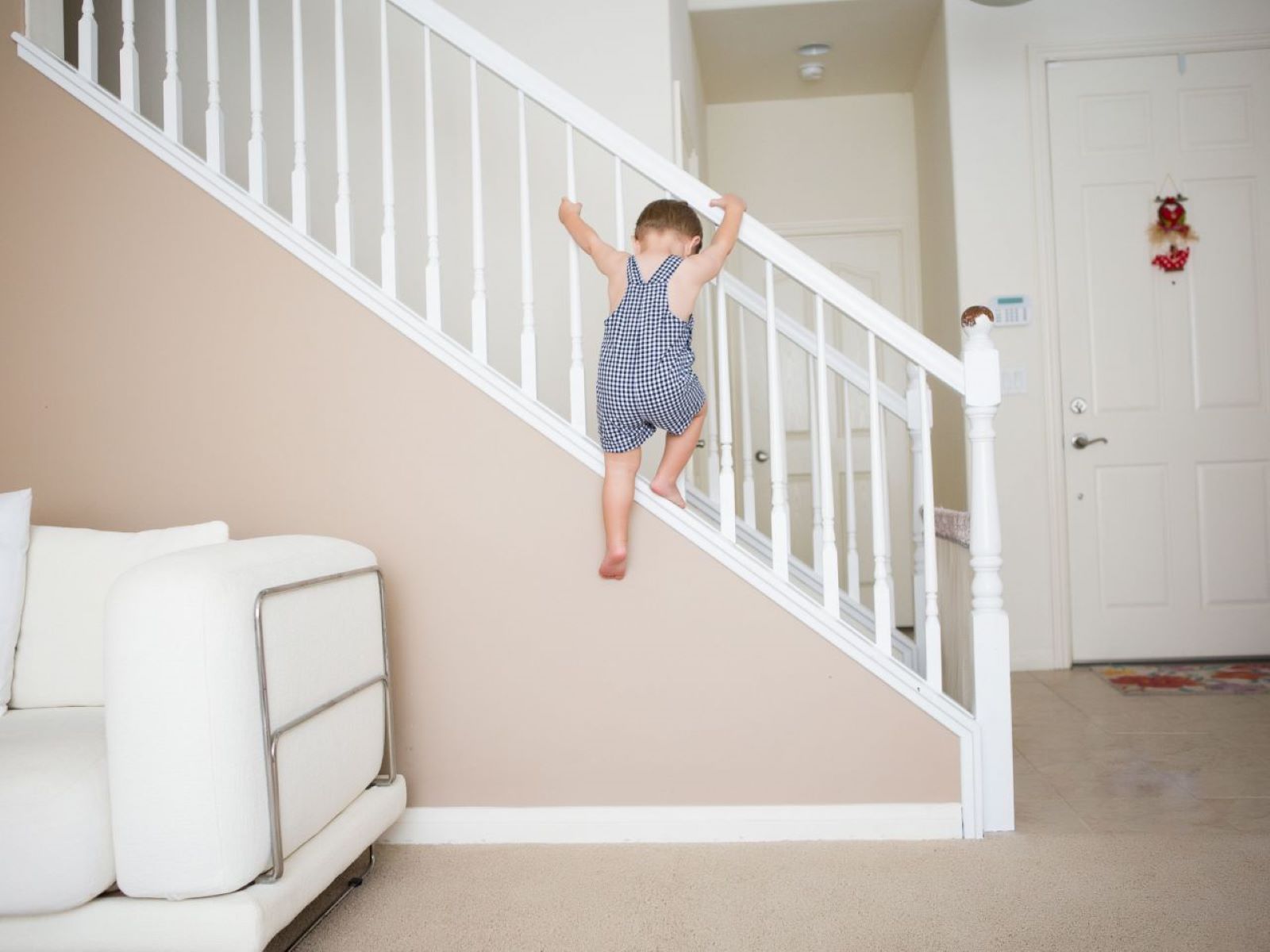
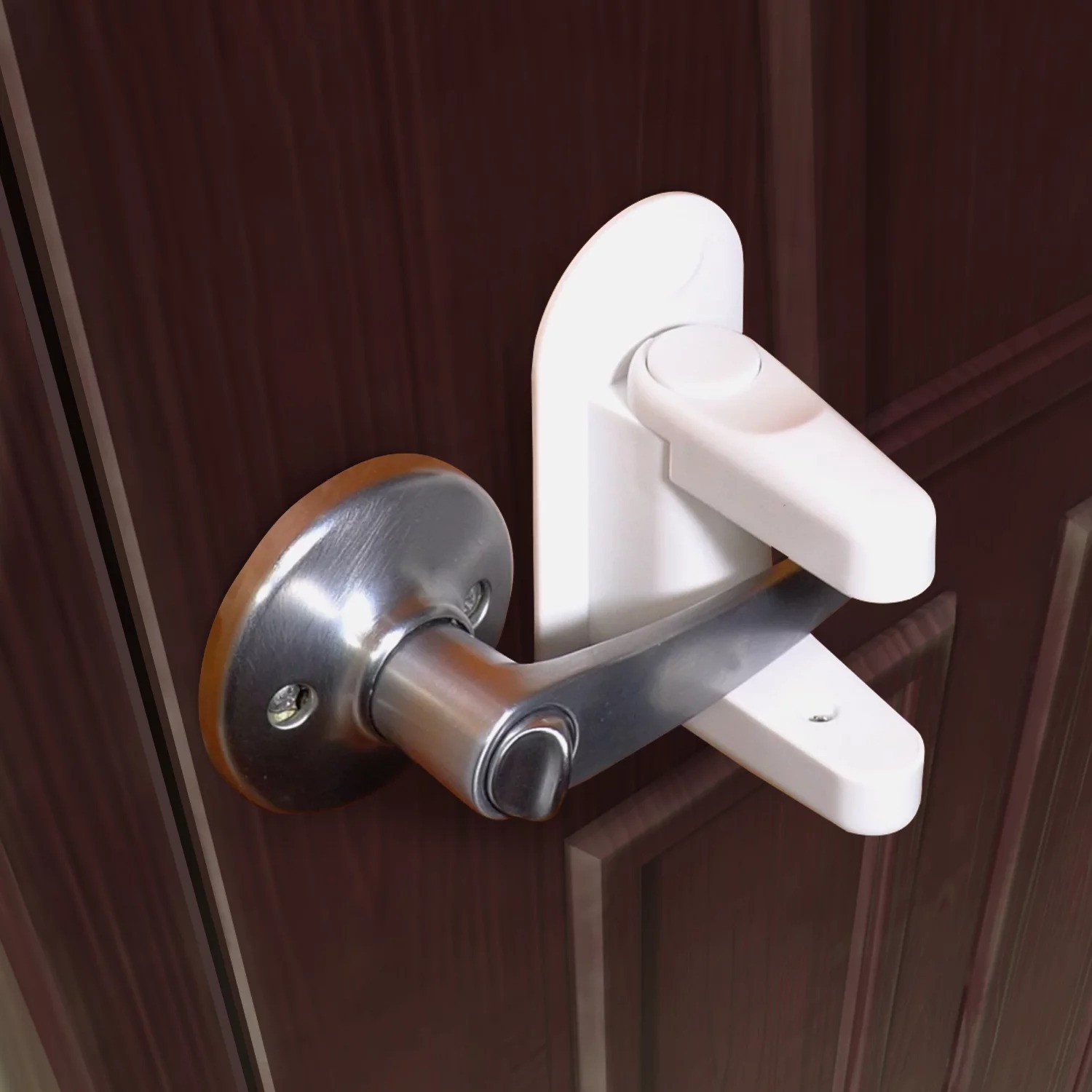

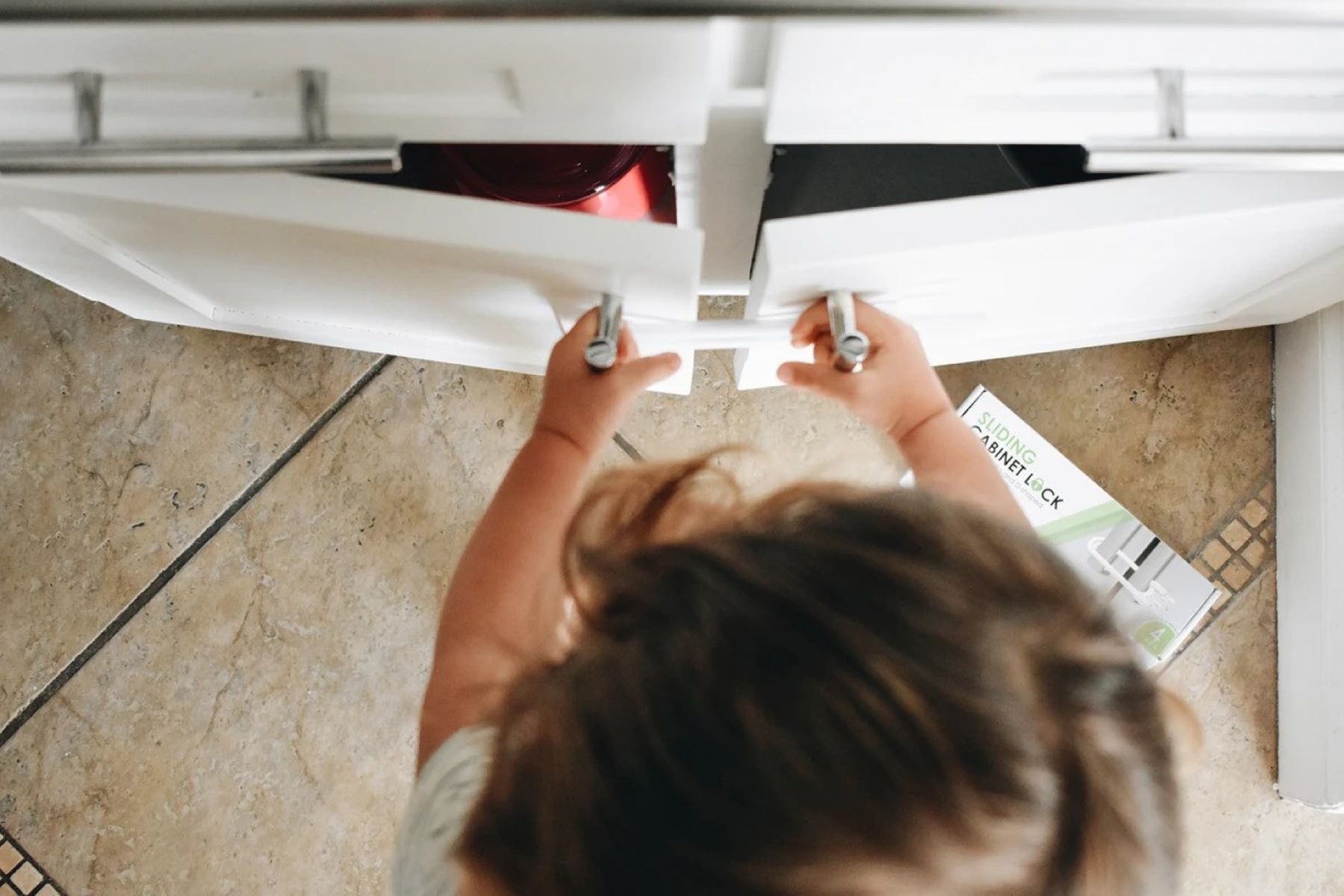

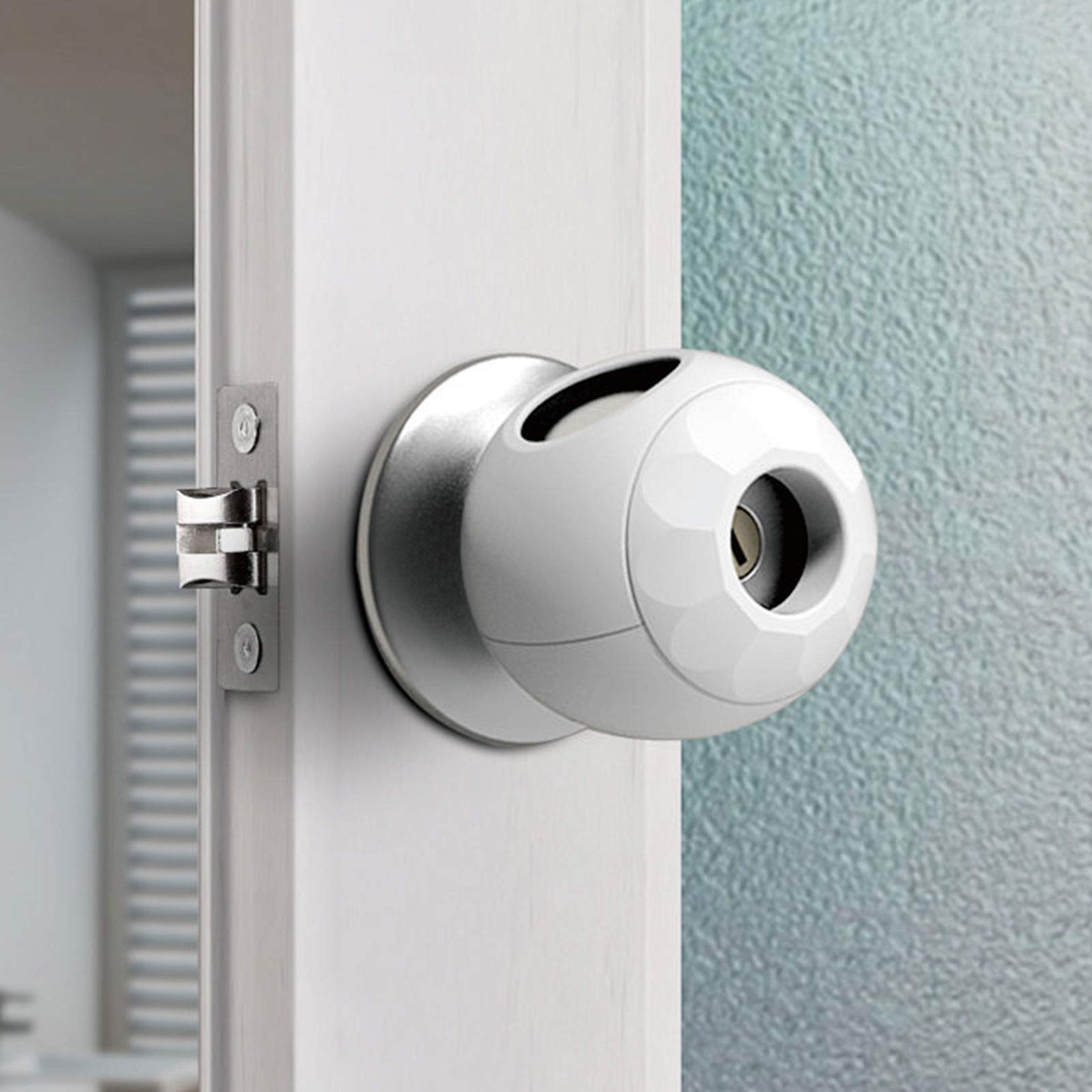
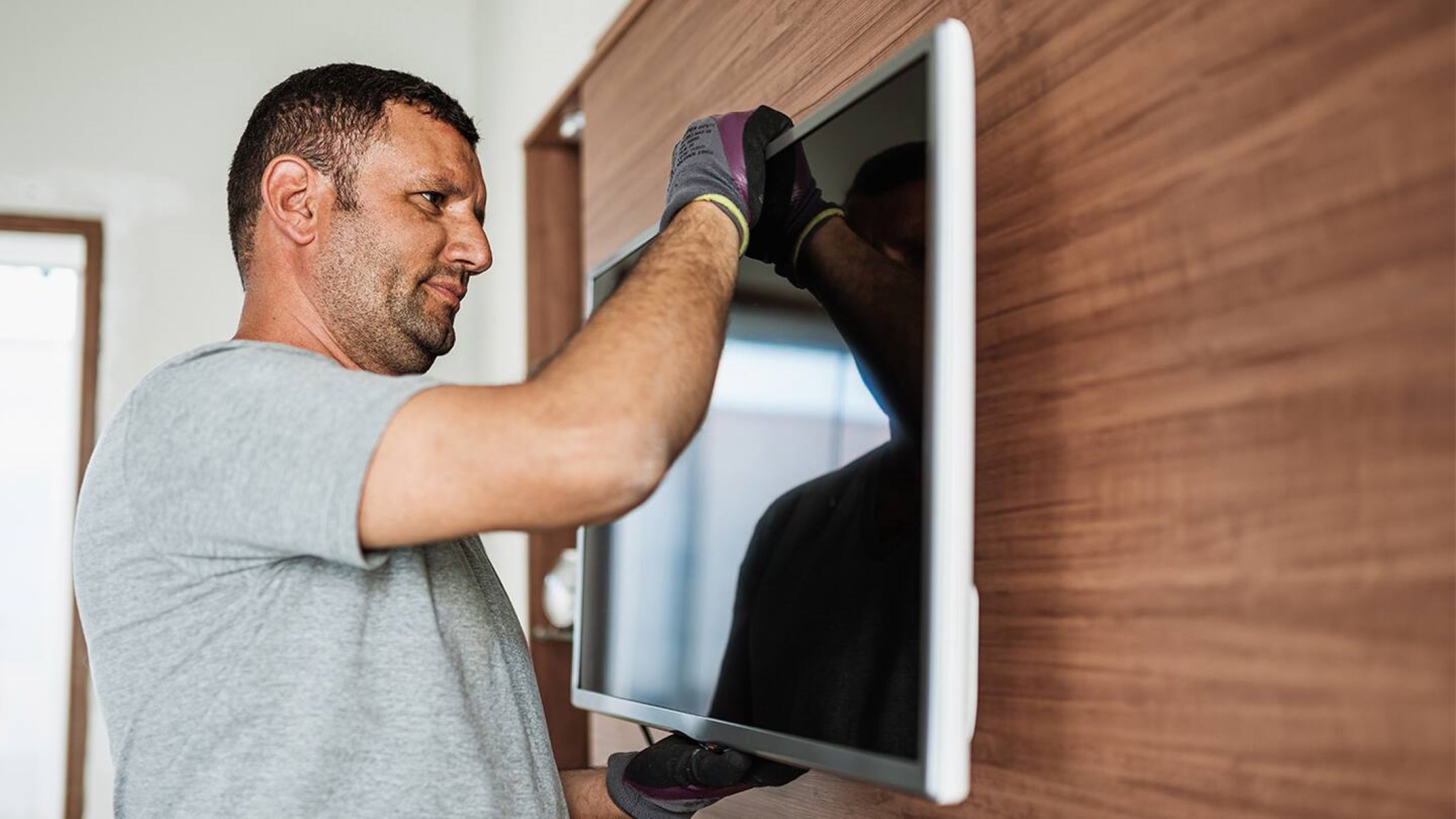
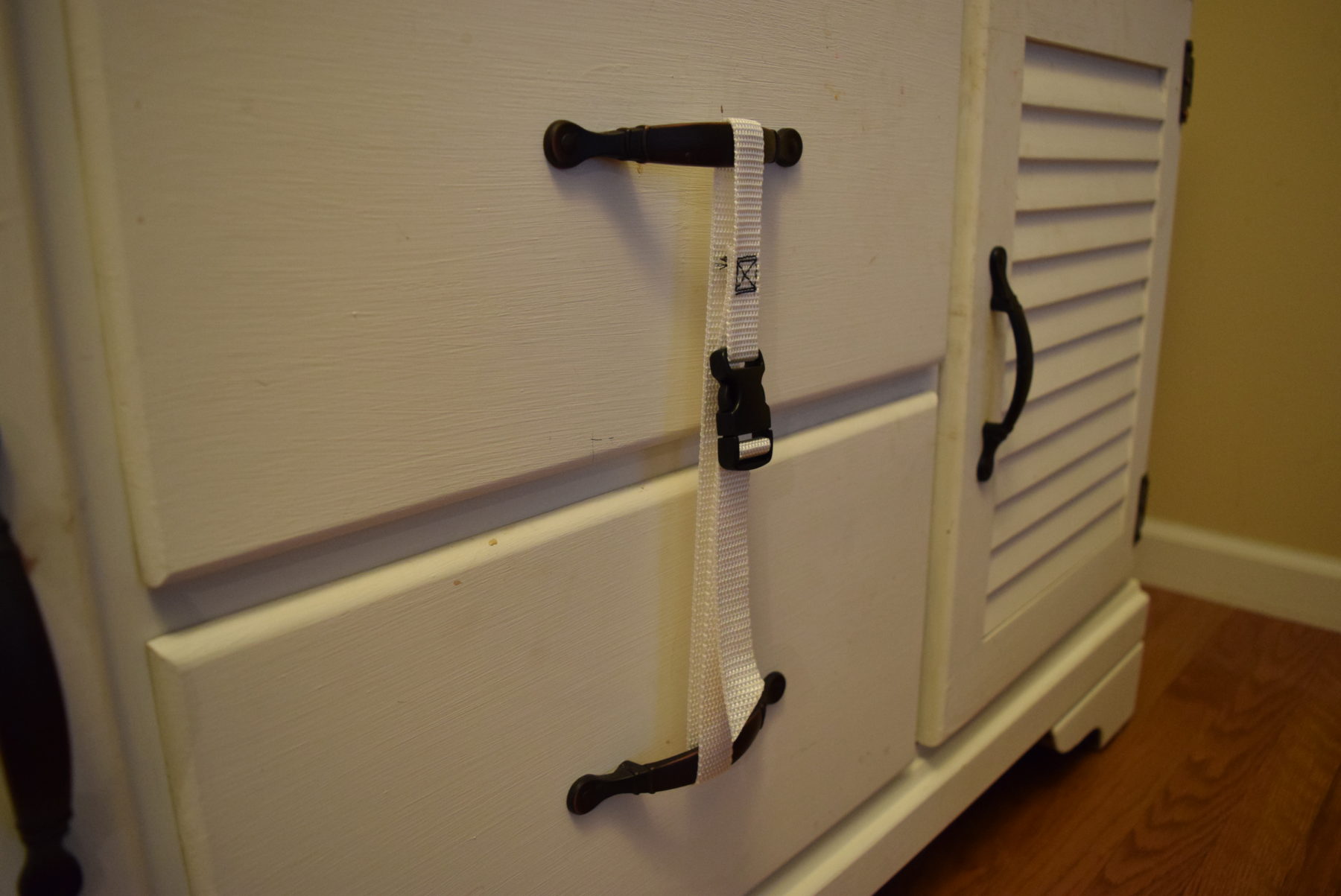
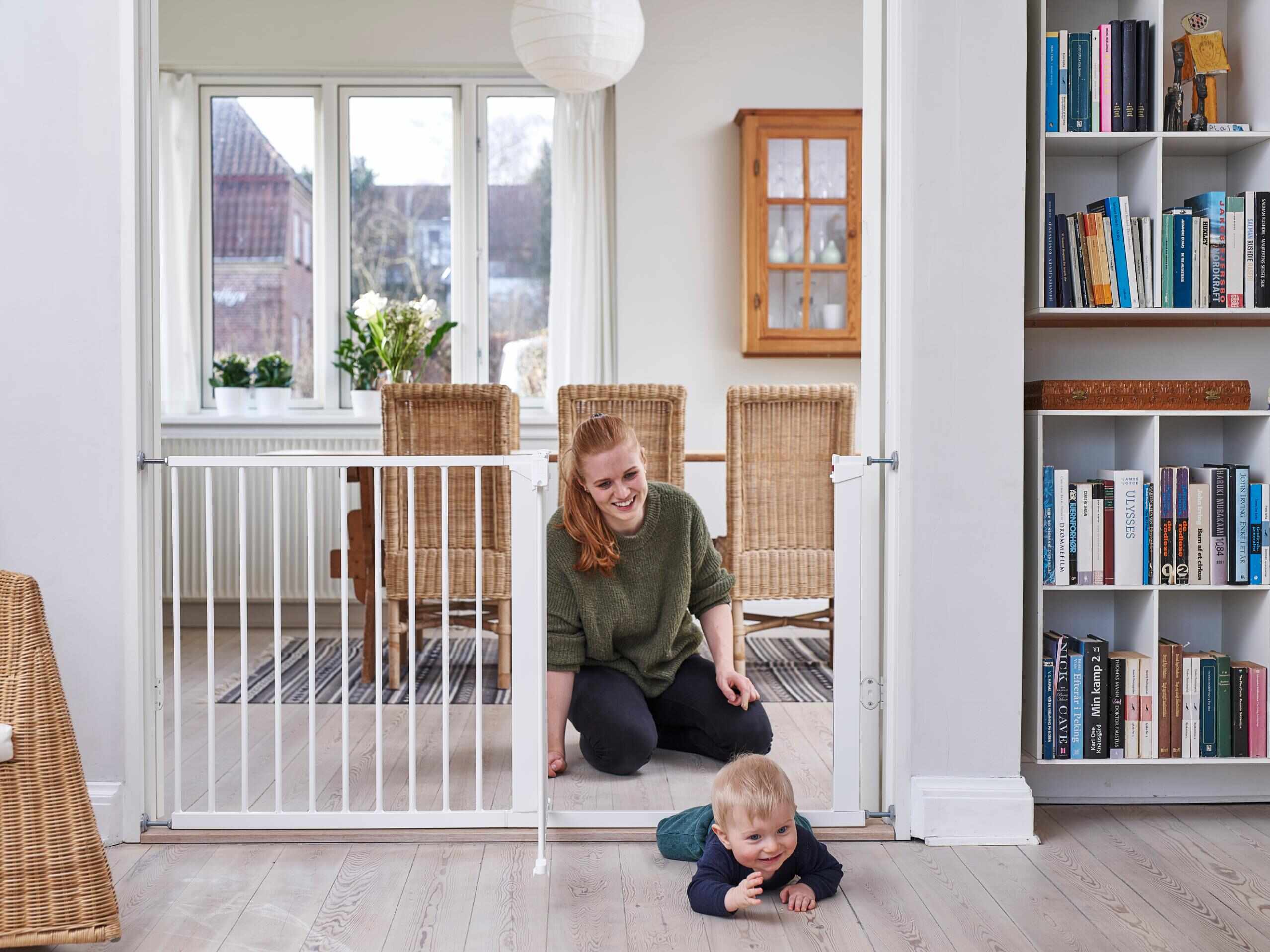
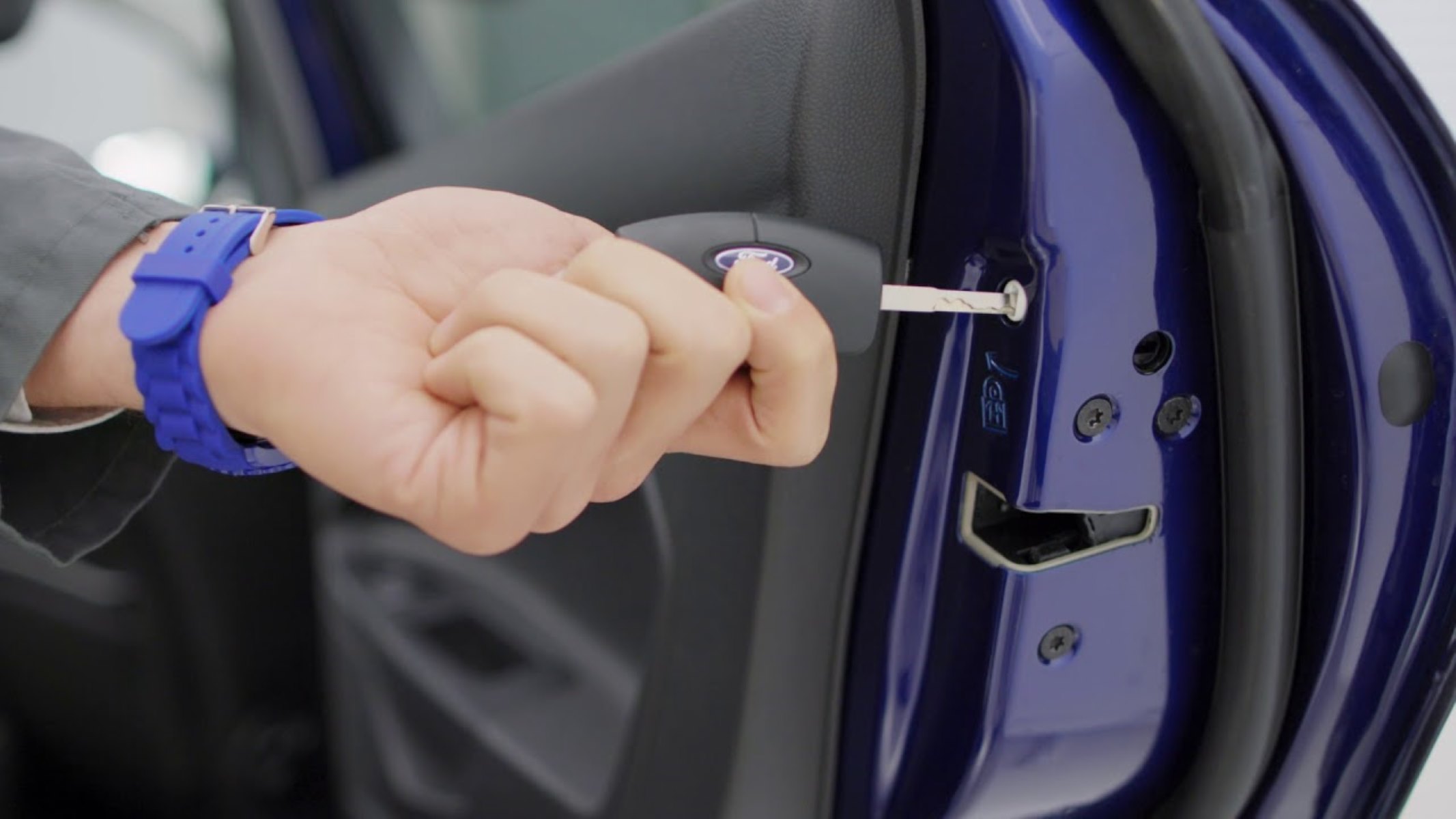
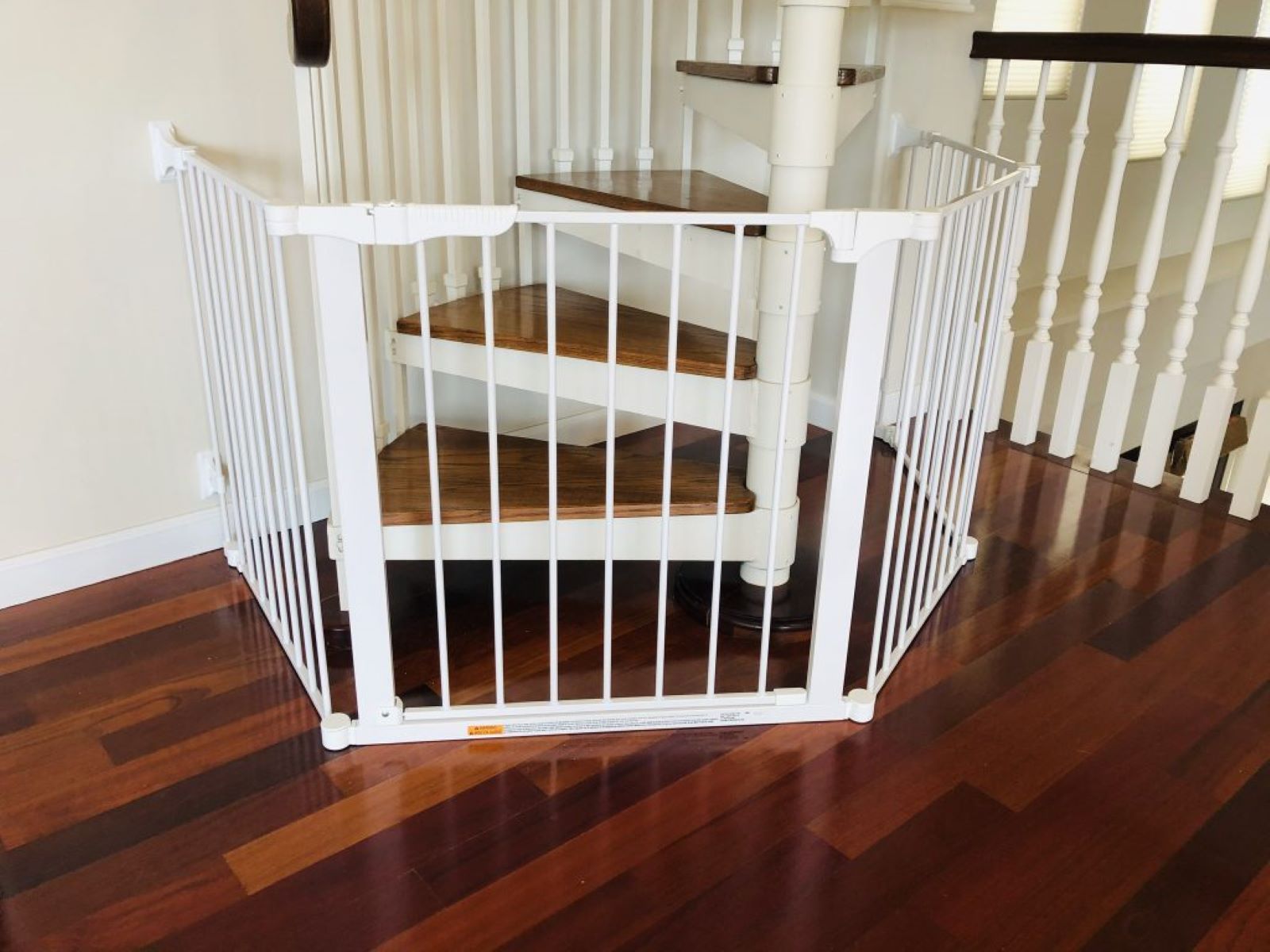

0 thoughts on “How To Childproof Outdoors”